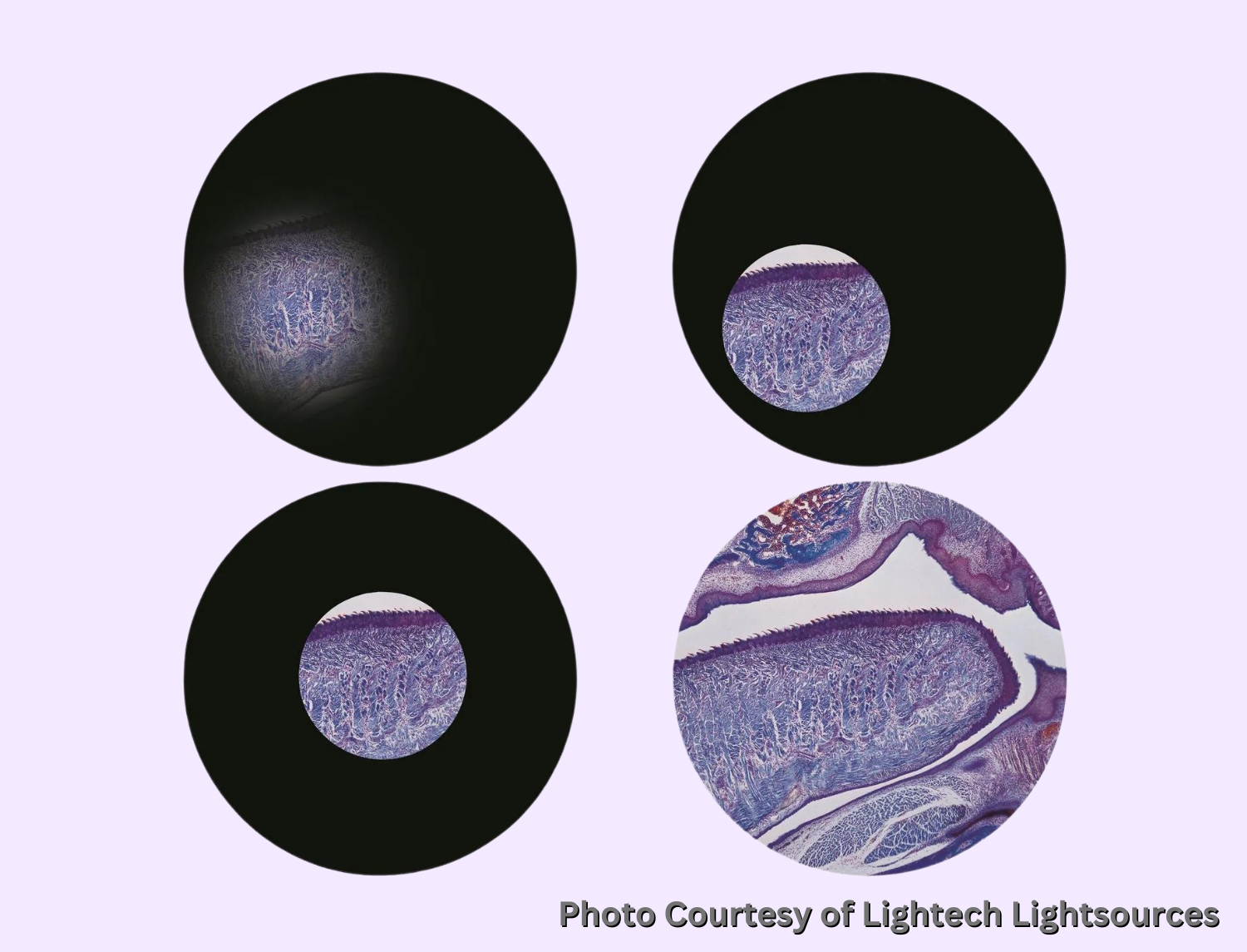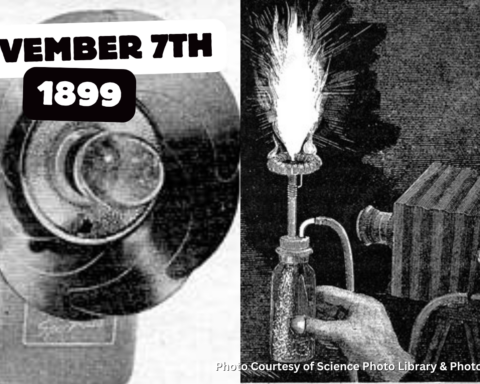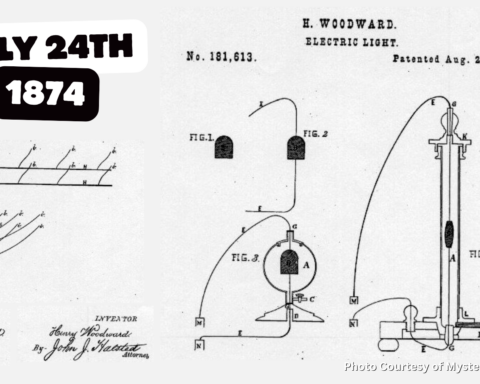Often times, the technological advancements in lighting come from the developments in new and innovative products. However, they also come from the application of light that make new products and new discoveries possible. One tool that has allowed scientists to transform medicine and health through amazing discoveries is the microscope. Microscopes have revolutionized the way we observe and understand the world around us on a tiny scale. From examining cells and tissues to studying microorganisms and crystals, microscopes allow scientists, researchers, and curious minds to delve into the intricate details of the microscopic world. One critical aspect of microscopy that significantly impacts the quality and clarity of the images obtained is illumination.
Light, whether from nature or artificial, is a necessary component to any microscope. Microscopes have used a variety of different light sources throughout history. The application of the light in a specific technique to enhance contrast and create uniform illumination ultimately improved the image quality of such microscopic subjects. Without this, the field of modern microscopy would not have been possible. We can attribute this specifically to August Köhler and the technique named after him, Kohler Illumination.
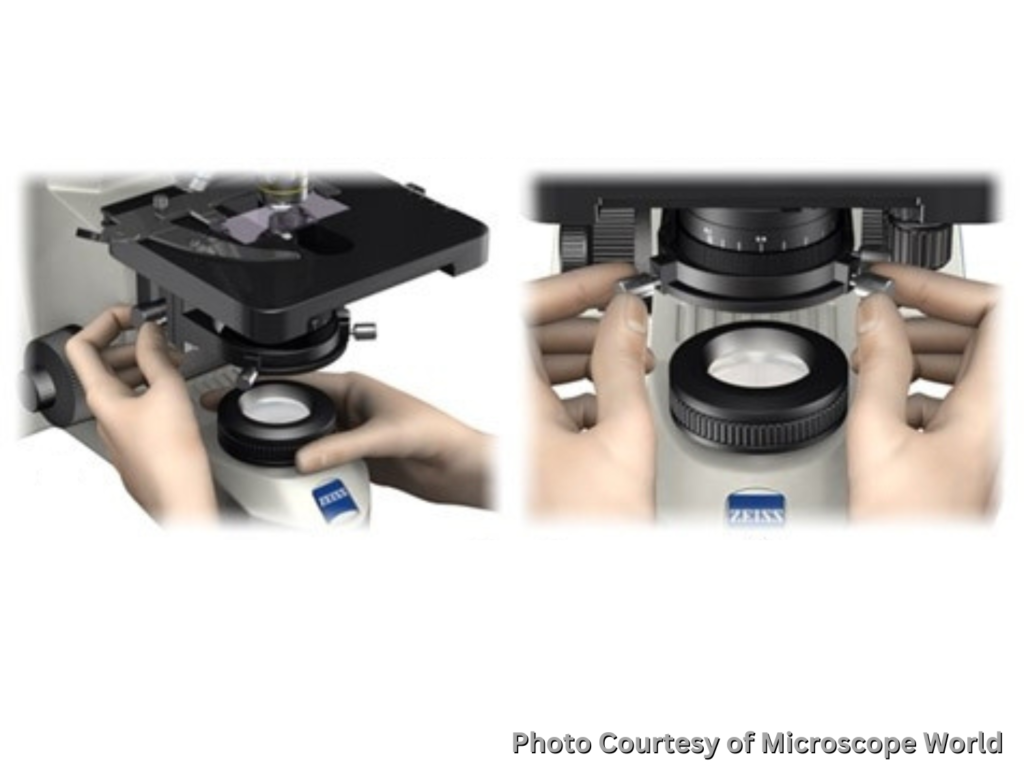
Kohler illumination is a method of illumination in which the light source is focused at the focal plane of the condenser lens. This technique ensures that the light rays passing through the specimen are parallel and uniform, resulting in even illumination of the sample. By optimizing the angle and intensity of the light, Kohler illumination effectively reduces glare and stray light, leading to improved image quality and contrast.
Prior to Kohler’s technique, the predominant way of utilizing light in microscopy was called critical illumination. Critical illumination is where the light source falls on the same plane as the image of the specimen, which creates uneven illumination, creates, artifacts and dark spots in the image and makes the filament from the light source visible on the image. Different methods were used to diffuse the filament image and reduce the glare and artifacts, such as reducing the power of the source or using different diffusing techniques. However, it wasn’t until Kohler developed his perfectly diffused and defocused image of the light source that the modern microscopy industry was created.
The light source in Kohler illumination is focused by the condenser lens to produce a well-defined cone of light that evenly illuminates the specimen.
The condenser lens is positioned beneath the stage of the microscope and is used to focus and direct light onto the specimen. Proper alignment and adjustment of the condenser are essential for achieving Kohler illumination.
The field diaphragm is located within the condenser and controls the size of the illuminated field. Adjusting the field diaphragm helps in optimizing the illumination and contrast of the sample.
The aperture diaphragm, located in the condenser, controls the angle and size of the light cone directed towards the specimen. Proper alignment of the aperture diaphragm is crucial for achieving uniform illumination and improving image contrast.
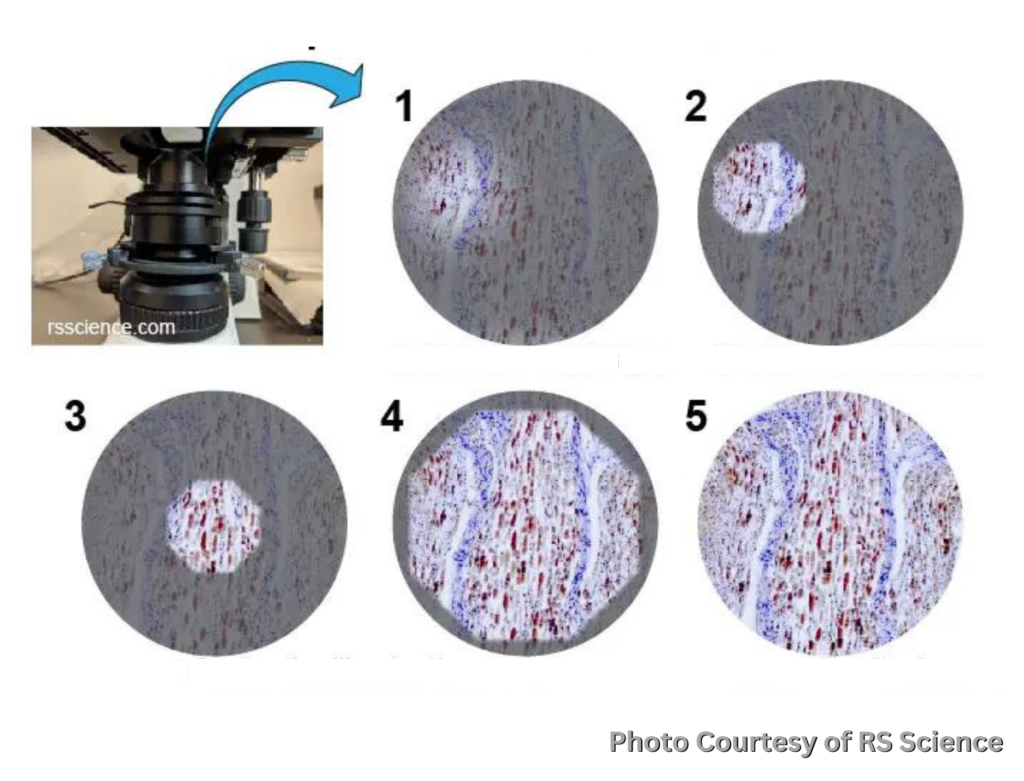
The advantages of the Kohler Illumination method are numerous. By eliminating stray light and glare, Kohler illumination enhances the contrast of the specimen, making fine details more visible. Kohler illumination ensures even illumination of the entire field of view, reducing shadows and artifacts in the image. By optimizing the lighting conditions provided by Kohler illumination, the result is a sharper, clearer, and more detailed image.
Kohler illumination is widely used in various microscopy techniques, including brightfield, phase contrast, differential interference contrast (DIC), and fluorescence microscopy. Its applications range from biological research and medical diagnostics to material science and quality control.
Kohler illumination plays a fundamental role in microscopy. By understanding and implementing this technique, scientists and researchers can significantly enhance the capabilities of microscopes and broaden our exploration of the microscopic world.
Illuminate your curiosity with Kohler illumination and uncover the hidden marvels of the microscopic realm!
Featured image courtesy of Leica Microsystems.
